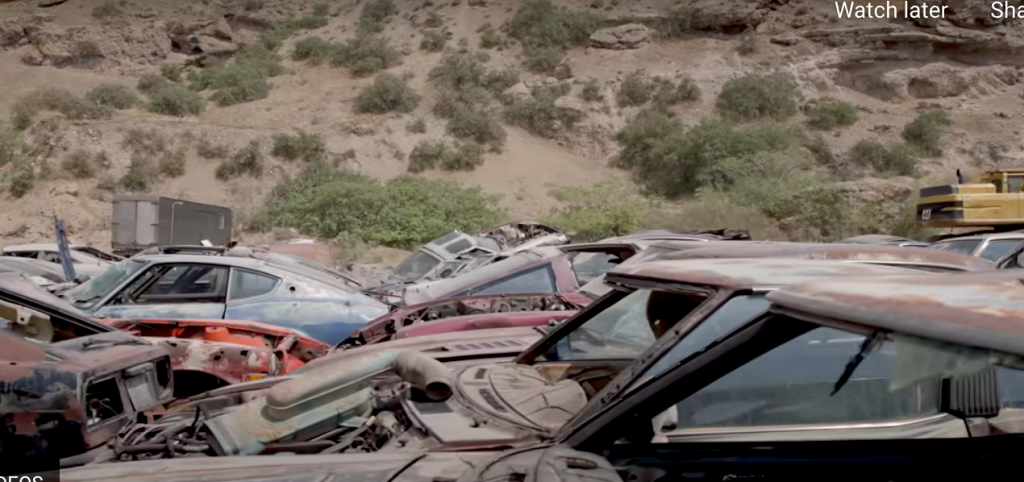There are a significant number of vehicles with halted production due to chip shortages or other reasoning. One of the suffering models of 2021 has been the highly-anticipated Ford Bronco. Since the announcement of the Bronco returning in 2020, the Bronco has been in extremely high demand. Part of the reason for the stop in production for specifically Broncos is the hardtop roofs. Ford is making roof replacements for all the hardtops purchased, instead of making them for new units. That’s just one contributing factor to why a new Ford Bronco fetched $126,000 at auction.
Why are there such a limited number of Broncos?
There are a few reasons Broncos have such a limited supply, but one sticks out more than the rest. The previously mentioned hardtop roof replacements. Since Ford began replacing the hardtops on already-sold Broncos, reservations for the 2022 model year and beyond have been pushed back. In fact, regular people without unlimited funding will likely be unable to purchase a Bronco for a few years, according to MotorTrend. During the Deutsche Bank Global Auto Industry Conference, Ford CEO Jim Farley said filling Bronco reservations will take some time. The chip shortage is predicted to prevent inventory from returning to normal until at least 2022.
While 2022 doesn’t seem all that far away, it is compared to the number of reservations made for the Bronco. The SUV has 190,000 reservations and is basically sold out completely for two entire years. Buying a new Bronco will be nothing short of impossible for quite some time unless you have the kind of money someone did at Mecum’s car auction.
Someone paid $126,000 for a Ford Bronco

Mecum’s car auction takes place in Dallas, Texas saw a Ford Bronco sell for $126,000. The vehicle starts at only $63,000 brand new, which is exactly half the selling price. Taking into account that dealers have been marking up sticker prices by tens of thousands may ease some pain. Though, tens of thousands is still a lot less than completely doubling the retail price of the vehicle. Regardless of how completely crazy it is to buy a Bronco at this price, it seems like it will be the only way to get a new Bronco for a while. Sure, used ones will come around eventually from the past few years of production; but few are available and those owners will know just as well to markup their prices. A new Bronco is going to be the unicorn of the car industry over the next year or two.
Similarly, MotorTrend reported the exact same First Edition Bronco but in a different color was sold on eBay for $150,000. The demand for the newly redesigned Bronco’s comeback has been tremendous since before it became available. As long as demand continues, prices will not change. Unfortunately for casual buyers, they will have no chance to get a new one. Dealerships are marking up anything rare by a tremendous amount of money. That’s why we don’t recommend trying to get a new Ford Bronco for a while. If the chip shortage ends and demand for the vehicle dies down during the next 1-2 years, it is perfectly plausible that Broncos will become more available and affordable rather quickly. Until then, we’ll probably see more new Ford Broncos fetch $126,000 at auction.
RELATED: 2021 Ford F-150 Raptor Markups Have Appeared
The post New Ford Bronco Fetches $126,000 at Auction appeared first on MotorBiscuit.


